LED strip lights are now essential in modern homes and industries. People appreciate how versatile and energy efficient these products are, but they also think about how long they last.
LED strip lights are bendable circuit boards with LEDs and other parts. They are primarily used for accent lighting, task lighting, and more.
Knowing how long LED strip lights last can greatly affect your investment and planning. A long-lasting LED strip can reduce both operational costs and maintenance time.
This article will guide you and explain how long LED strip lights last, what they’re made of, and what affects their durability. Let’s delve in.
The Structure and Basics of LED Technology
What Is LED Lighting?
Nick Holonyak, an American engineer, introduced the idea of light-emitting diodes (LEDs) in the early 1960s. Since its advent, LED technology has revolutionized the lighting industry. The basic principle is simple, although it involves some quantum mechanics. LEDs produce light by passing an electric current through a semiconductor material. This process is very energy-efficient. It turns 90% of the energy into light and only a small amount into heat. Traditional incandescent bulbs waste up to 90% of energy as heat, which is different from this. LEDs are widely used for various purposes. They can be found in small device indicators and large billboards. LEDs are popular because they are efficient and compact.
How LED Strip Lights Differ from Standard LEDs?
The core technology between LED strip lights and standard LEDs remains the same. Still, the form and functionality are where the differences lie. LED lights are usually used in certain fixtures and can be arranged or used in different ways. LED strip lights are flexible and can be cut, bent, and customized to fit different spaces and designs. You have the freedom to be creative by adding lights under cabinets or color to entertainment areas. You can use smartphone apps or voice commands to control the brightness, color, and timing of these lights. The lights can also be used with smart home systems. These things have many uses and are more flexible than regular ones.
The Anatomy of LED Strip Lights
LED strip lights have many parts that work together to make consistent and dependable lighting. The Flexible Printed Circuit Board (FPCB) is at the heart of the strip. This platform is thin but strong. It holds the LEDs and other important parts, like resistors and capacitors. The FPCB ensures that the electrical current is distributed evenly across the LEDs. Resistors are important because they regulate current to prevent overheating or color inconsistencies. Certain LED strip lights have microcontrollers that allow you to change colors or make patterns. These parts work together to create dependable, long-lasting, and adjustable lighting options.
Unpacking the LED Longevity Metrics: L70, L80, and L50
What Is L70 and How Is It Calculated?
LED lighting lasts a certain amount of time, and L70, L80, and L50 help measure that. L70 is the point when an LED light source’s brightness decreases to 70% of its original level. These metrics are not random, but come from careful testing in controlled environments. Many companies follow LM-80 testing rules set by the Illuminating Engineering Society (IES). Simply put, these metrics show you how long your LED lights will last before they start to dim. An L70 rating of 50,000 hours doesn’t mean your LED will stop working. However, it does show that the light won’t be as bright as when it was new.
Understanding Delta U‘V’
In the LED world, color consistency is crucial, and that’s where Delta U’V’ comes into play. This metric measures how the LED’s color changes over time. A higher Delta U’V’ value could be better. It means the LED color is more likely to shift. This might affect how the light looks or how it can be used. Accurate Delta U’ V values require sophisticated spectroradiometric measurements. They are essential to consider when aiming for a stable, long-lasting lighting environment.
Factors Determining the Lifespan of LED Strip Lights
Quality of Materials
The lifespan of an LED strip light is highly dependent on the materials used in its construction. High-quality materials don’t just extend the lifespan; they maintain optimal performance. Gold-plated connectors are more durable and efficient as they don’t corrode like cheaper metals. This means they have a constant flow of electricity and operate more efficiently.
Environmental Conditions
Remember to consider the impact of the environment on the longevity of your LED strip lights. LEDs can be damaged by extreme temperatures, high humidity, or corrosive atmospheres. This damage affects their performance and lifespan. If you install LED strip lights outside without weatherproofing, they can lose brightness and color quality.
Power Supply Stability
Your LED strip lights are only as good as the power supply feeding them. Unstable or low-quality power supplies can make the electrical current fluctuate. This can lead to flickering, reduced brightness, and even early failure. Invest in a high-quality, stable power supply to get the most out of your LEDs.
Heat Dissipation and Temperature Control
LEDs may be more energy-efficient than traditional lighting but still generate heat. To make the LED last longer, you can use aluminum heat sinks or thermal adhesive layers to remove heat. If the heat isn’t managed well, the LED can lose its brightness faster than expected.
Daily Usage Patterns
Believe it or not, how often you flick that switch can affect the longevity of your LED strip lights. LEDs are stronger than incandescent bulbs in terms of durability. However, they still require regular use. If the LEDs keep turning on and off in random patterns, it can affect temperature. This puts extra strain on the LEDs and may make them not last as long.
Common Myths and Misconceptions
について “LEDs Last Forever” Myth
LEDs are known for lasting a really long time, but they can still get worn out. LEDs last longer than other bulbs, but they may lose brightness and color over time. The process is called “lumen depreciation.” It slowly affects how well the LED works. When people understand this, they can make better choices and have realistic expectations about the lifespan of LEDs.
The Influence of Electrical Currents
Using the highest current for your LEDs is like pushing your car’s engine too hard, which isn’t ideal for long-term use. When LEDs are used too much, they get hotter and the semiconductors inside age faster. To make LEDs last longer and work better, it’s best to use them at 80-90% of their highest current. This helps prevent electrical problems and other factors that could shorten its lifespan.
Do LED Strip Lights Fade or Change Color?
Yes, LED strip lights can indeed fade or change color over time. This often happens because things don’t cool down properly, the materials aren’t good, or the electricity is unstable. The brightness and color consistency of the lighting can be affected by certain factors. This can impact the overall lighting experience. In photography studios and art galleries, color shifting is important for accurate representation.
Real-World Insights: Lifespan and User Experiences
Survey of Manufacturer Longevity Claims
Companies like Philips and Osram claim that their products can last anywhere from 25,000 to 50,000 hours. However, these numbers may not be completely accurate. This is because the tests are controlled, unlike real-life situations. When people understand the true lifespan of LED strip lights, they can choose better.
Consumer Stories and Data
According to Consumer Reports, LED lifespans may be shorter than manufacturers claim. This is because of differences in how they are used and the environment they are in. LED strip lights in bathrooms with lots of moisture might not last as long as those in living rooms with controlled temperature. These user experiences offer valuable insights into how different factors affect LED longevity.
Practical Tips for Extending LED Strip Light Lifespan
インストールのベストプラクティス
Proper installation involves more than just sticking the LED strip to a surface. It’s also about optimizing how the strip works. One essential factor is airflow. Make sure your installation lets heat escape by mounting the strips for air circulation. This will mitigate the risk of overheating and, as a result, extend the lifespan of your LED strip lights.
Maintenance and Cleaning
To maintain optimal light output and color quality, regular cleaning is essential. Dust and dirt can accumulate on the LED strip, acting as an insulator that traps heat. This can result in faster lumen depreciation and decreased efficiency. To make your LED strips last longer, clean them with a soft, dry cloth.
Choosing the Right Power Supplies and Accessories
Your LED strip lights are as reliable as the power supply and accessories you pair them with. To keep LEDs safe from power surges, choose power supplies that give consistent current and voltage. If you want to use dimmers, make sure they work well with your accessories and are of good quality.
FAQs: Your Questions Answered
What’s the General Lifespan of LED Strip Lights?
Manufacturers often claim that LED strip lights can last anywhere from 25,000 to 50,000 hours. But, the numbers are only for perfect situations. Lifespans vary due to environment, usage, and power supply.
How Do LED Strip Lights Compare in Energy Efficiency?
LED strip lights marvel for energy efficiency, outclassing incandescent and fluorescent options. However, if you run them at full capacity, they wear out faster and work less efficiently. It’s better to operate at 80-90% of the highest current they can handle.
Is Constant Use of LED Strip Lights a Safety Concern?
Generally, high-quality LED strip lights are safe for prolonged use. To prevent overheating, it’s important to have enough ventilation and heat dissipation. This can reduce lifespan and be dangerous.
What Happens if My LED Strip Lights Overheat?
When lights get too hot, they lose brightness and change color, which affects how they look. In extreme cases, it can even result in LED failure. Thus, proper installation to allow for optimal heat dissipation is crucial.
Tips for Maximizing LED Strip Light Lifespan?
To make your device last longer, install it correctly, use a good power supply, and keep it clean. Limiting how often you switch them on and off can also prolong their life.
Do I Need a Specific Power Supply for My LED Strip Lights?
LED strip lights are versatile, but their lifespan depends on a stable power supply. Choose power supplies that give a steady voltage and current for the best outcome.
How Do I Know If My LED Strip Lights Are Getting Too Hot?
If your LED strip lights become too hot, you might see them get dimmer, change colors, or flicker. Physical inspection for hot spots can also provide clues.
Will Switching Off LED Strip Lights Prolong Their Life?
Using electronic devices less helps them last longer, and LED strip lights are the same. Using them only when needed will undoubtedly contribute to a longer life.
Is the Lifespan the Same Across All Types of LED Strip Lights?
The lifespan can vary based on the materials used, how they are made, and the brand. Always check product specifications and customer reviews for more accurate information.
Can LED Strip Lights Outlive Traditional Bulbs?
Absolutely. LED strip lights, even the cheaper ones, last longer than traditional bulbs. This makes them a better investment in the long term, despite the higher upfront cost.
Conclusion: Final Thoughts and Key Takeaways
Understanding the lifespan of LED strip lights involves more than just reading a number on a box. The duration of these adaptable lights depends on materials, environment, and power supply. Take good care of your LED strip lights to make them last longer and save money.
In navigating the intricate world of LED technology, expertise, and quality reign supreme. ユニトップ is a top LED maker in China. We focus on making high-quality LEDストリップライト そして ネオンフレックス solutions. Don’t hesitate to ご連絡 for any lingering questions or specialized requirements. Trust Unitop to illuminate your path to innovative, long-lasting LED solutions. Your brighter future starts here.

トムは現在、セールスマネージャーとして ユニトップ(中国)有限公司.になっているそうです。 LED照明 2005年入社。セールス&マーケティング、工場管理の専門家である。ボディビルが好きで、熱狂的なアップルファンでもある!努力家で、新しいことを学び、試すのが大好きです。
電子メール tom@unitopledstrip.com WhatsAppです: +86-18680307140

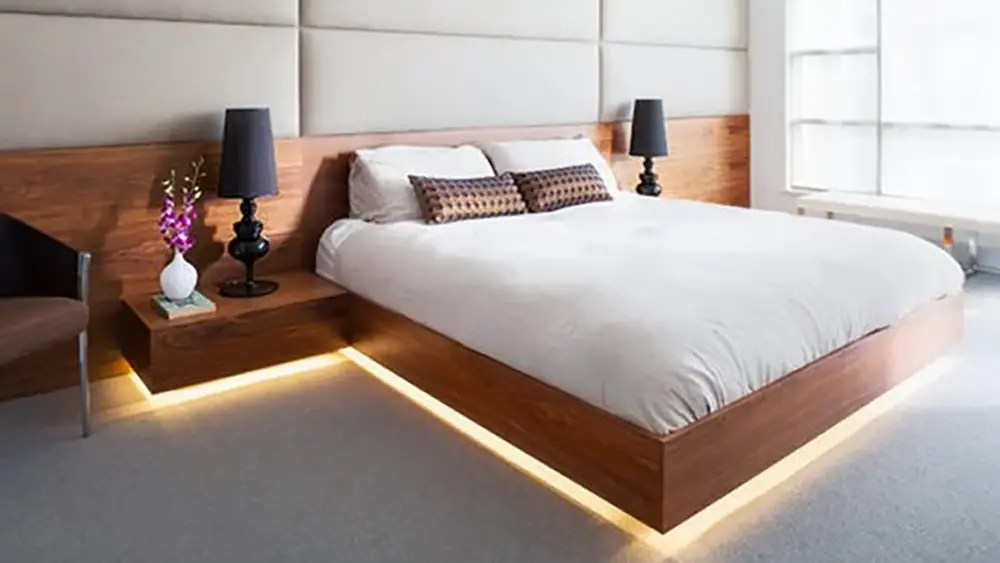
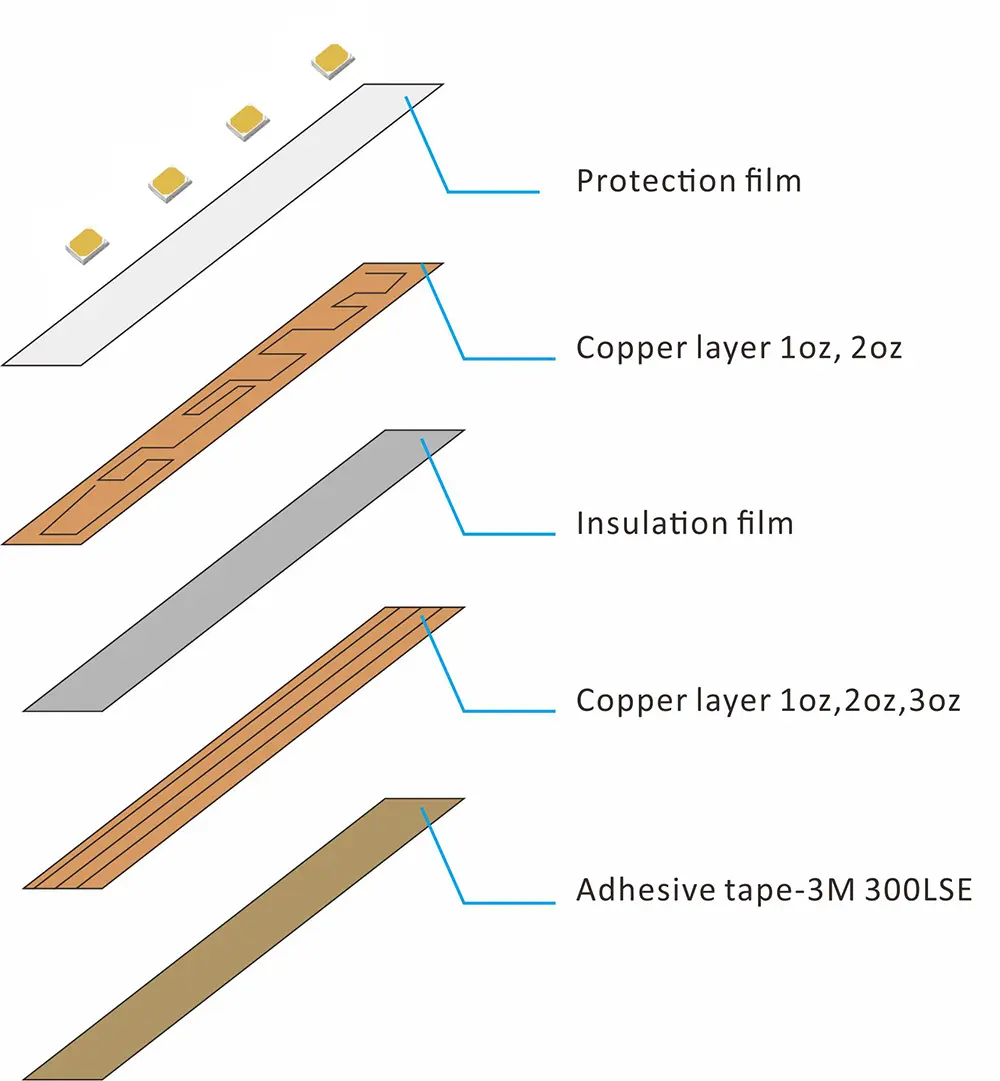
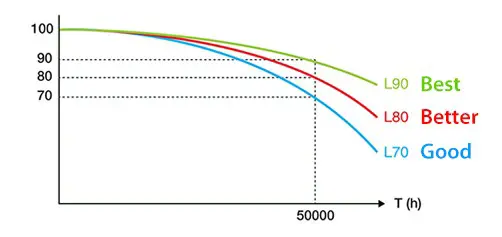

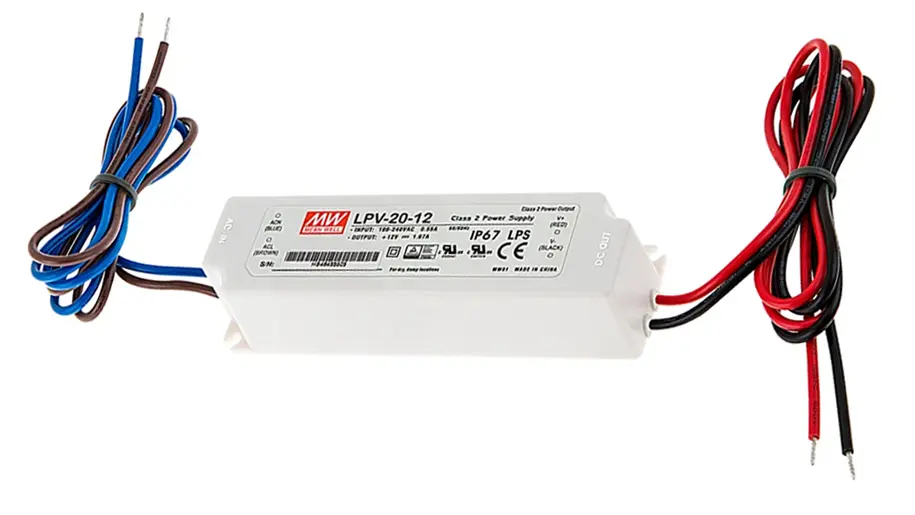
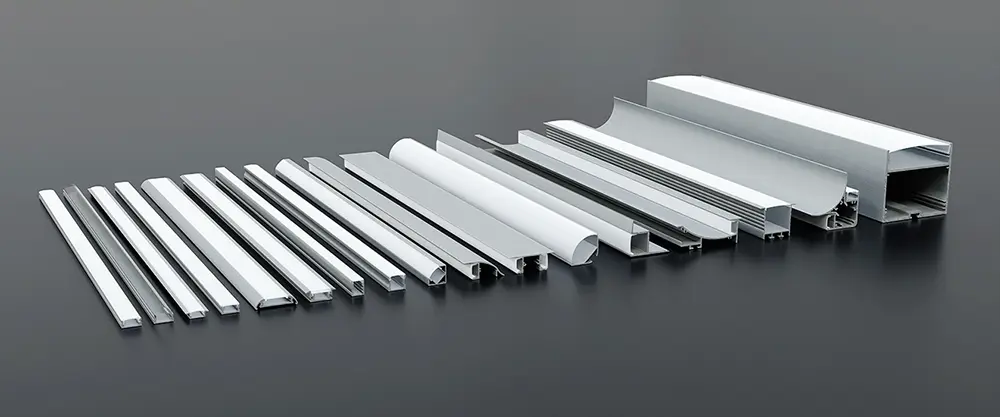
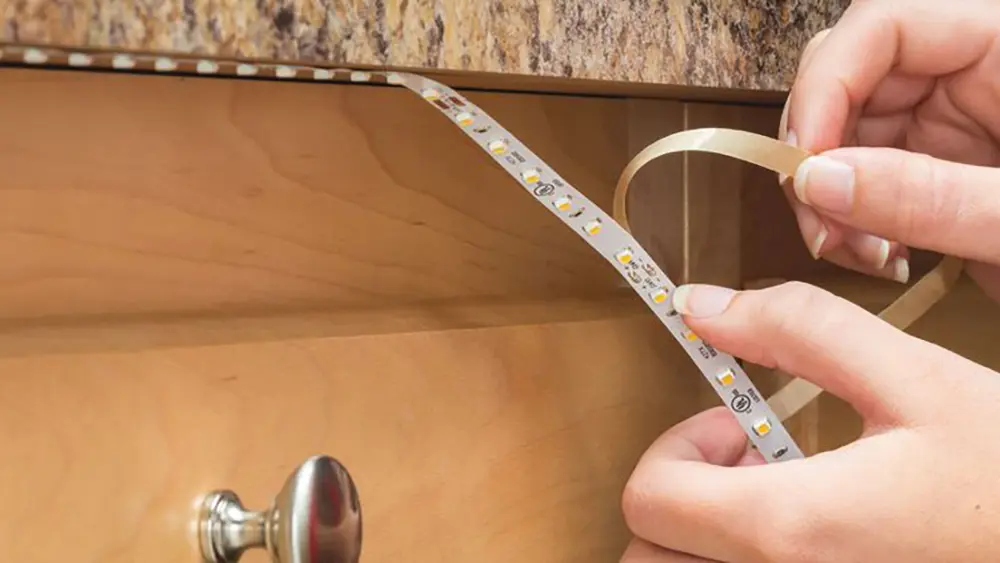
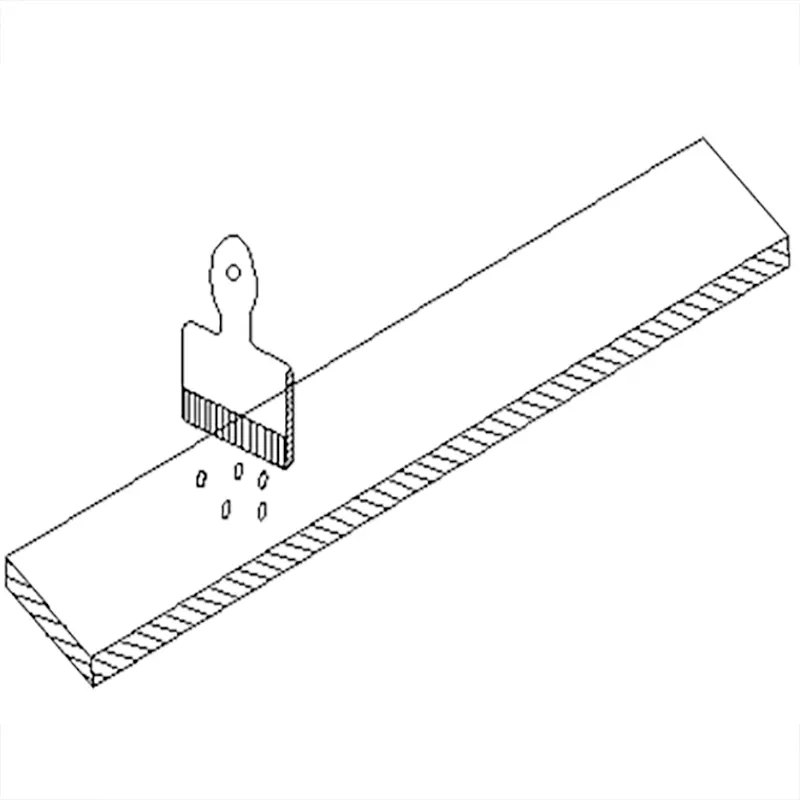
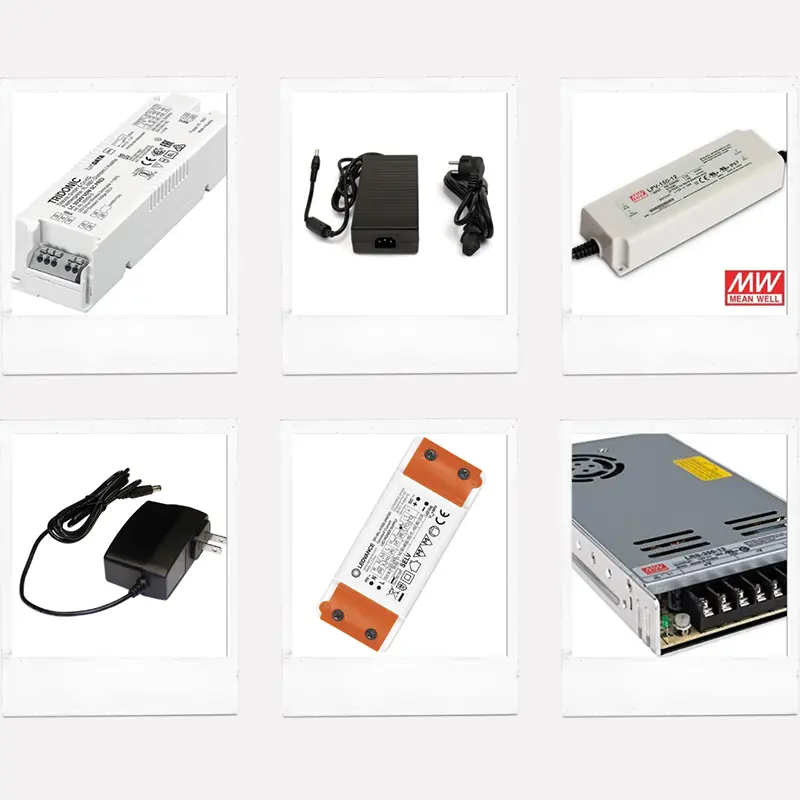

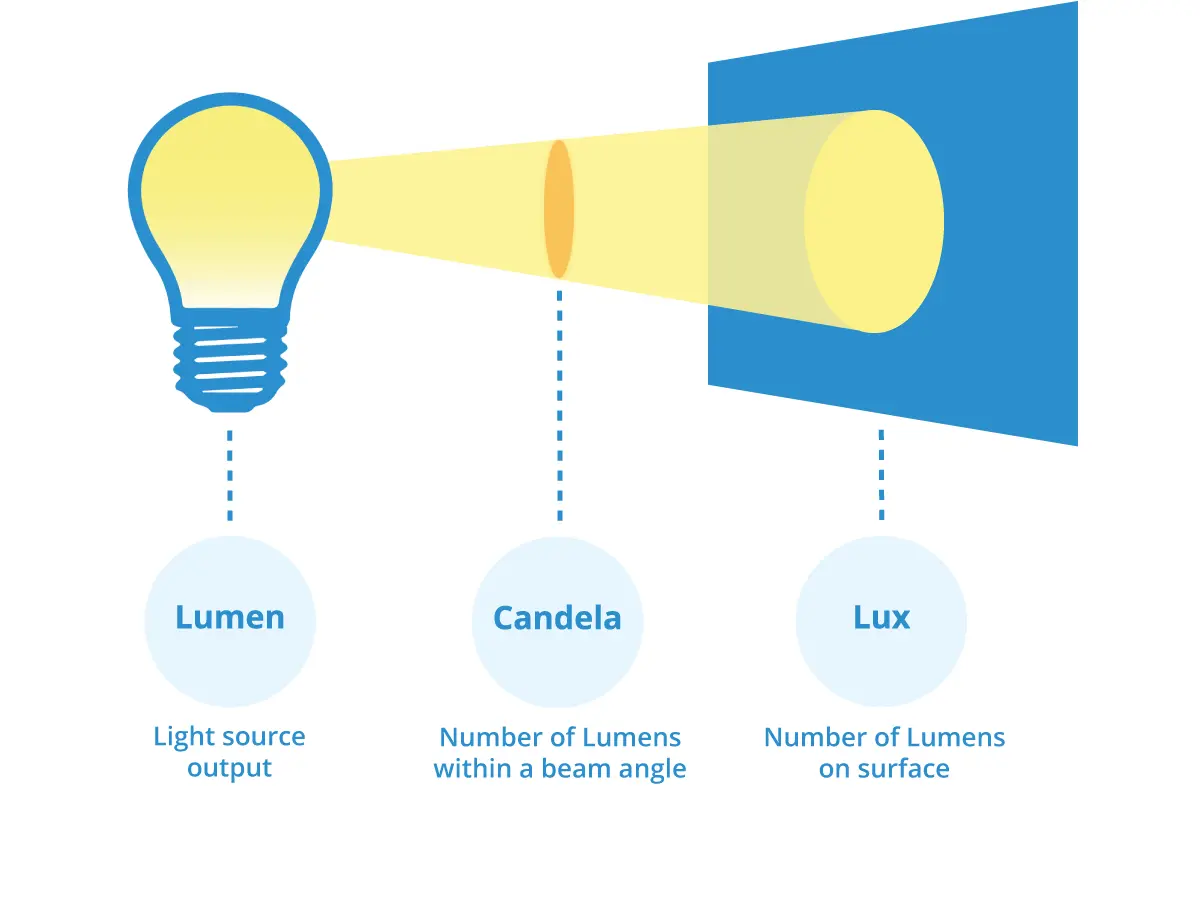
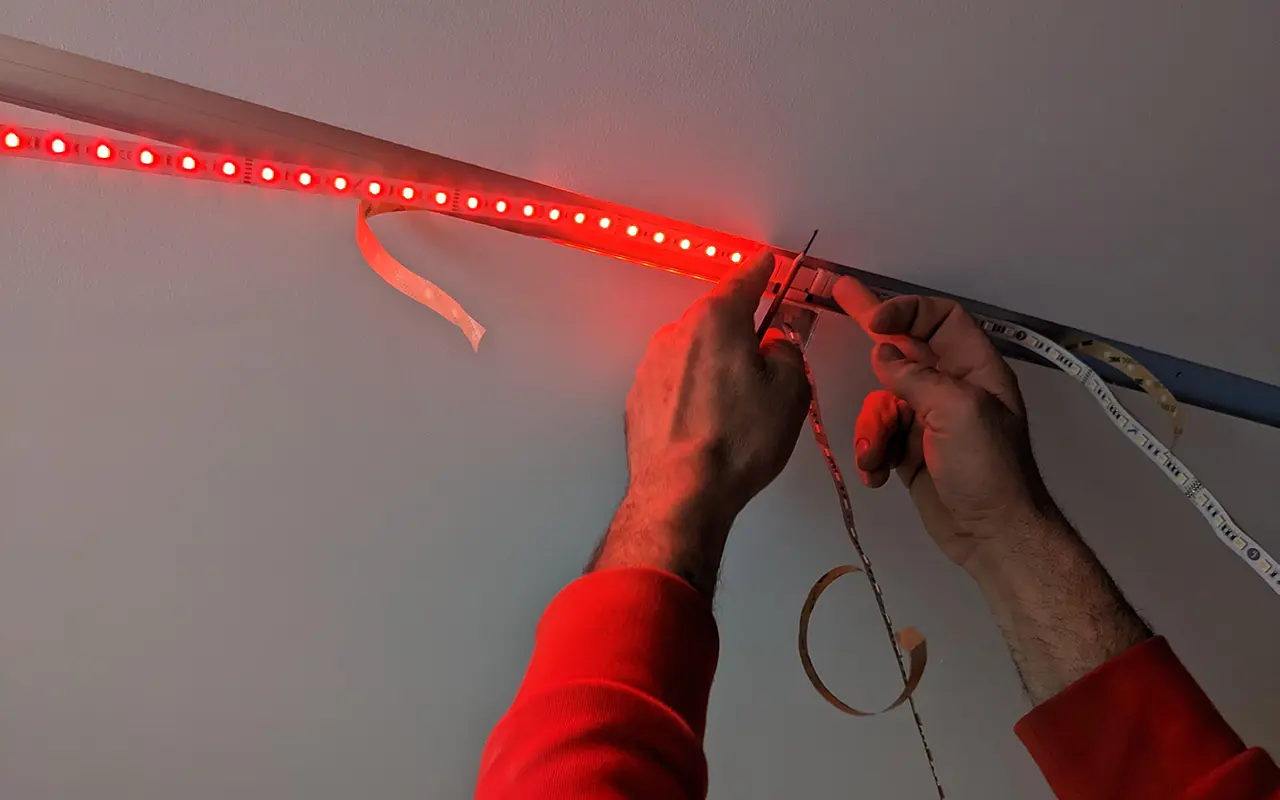
返信を残す
ディスカッションに参加したい方はこちらお気軽にご投稿ください!